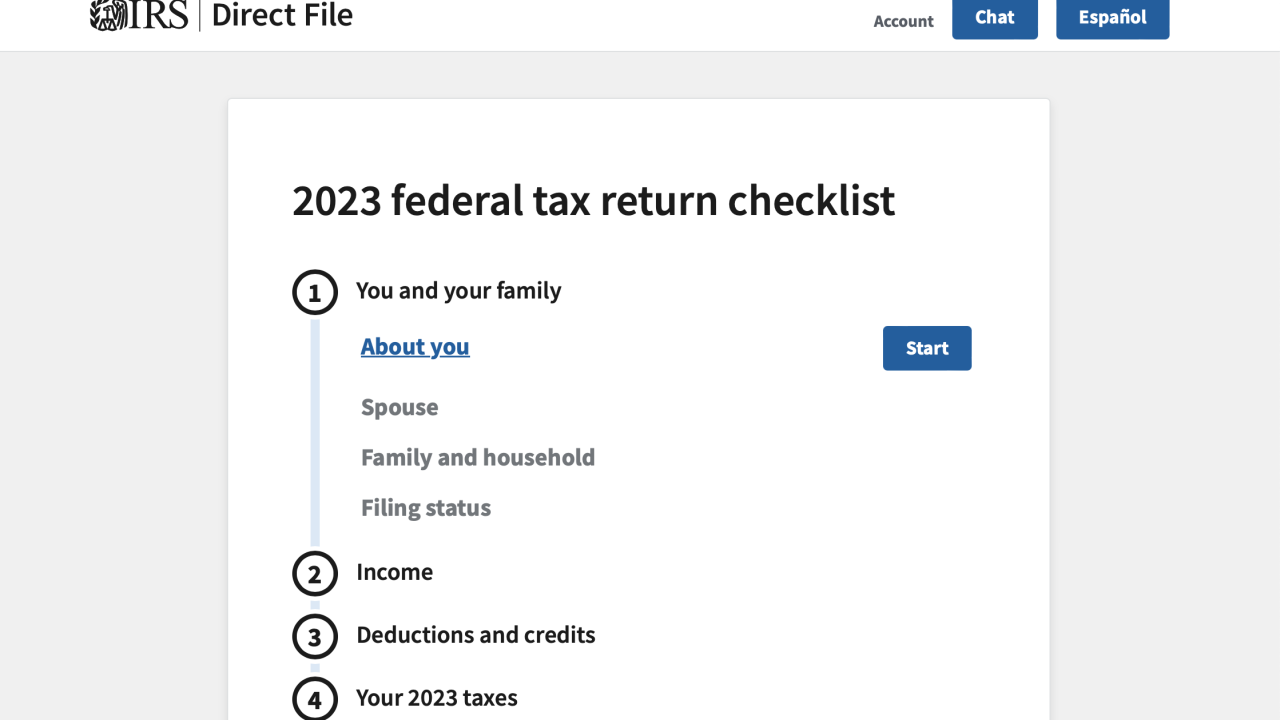Industry type, the core foundation of the four pillars of economic development (location, timing, investment and jobs), is often the first determiner of whether a project could be eligible for economic credits and incentives. Industry type refers to the primary function of the business.
In many states, economic credits and incentives programs include a list of specific North American Industry Classification System codes to determine who can apply for incentives. Businesses not recognized by specific NAICS codes are often ineligible for the programs. While a program may narrow applications to specific NAICS codes, not all programs do. Therefore, coordinating with a credits and incentives expert is key to evaluating benefits for clients early in the decision-making process.
Industries that are often courted by economic credits and incentives programs include manufacturing, corporate or global headquarters, and technology research and development, mainly because these industries are seen as good candidates for becoming primary employers and sources of new capital for the community. Businesses that fit these terms produce a good (or service) and ship that good or service across state and local boundaries to bring net new investment back into the community.
Manufacturing companies have always been the darling of economic development programs because they fit these criteria perfectly. A manufacturer often becomes a primary employer, creating a widget that it sells to another business (outside of the host community’s boundaries), with the proceeds flowing back to the host community. New money and new jobs have positive taxing implications for the host community.
In addition to satisfying the primary employer status, manufacturing, headquarters and R&D-oriented businesses have historically maintained high wages, high skill sets and sizable amounts of investment. Manufacturers often require advanced skills and training, which increase the overall average hourly rate for employees, and generally make large investments in machinery and equipment. HQ and R&D projects include high wages and highly skilled workers and often are closely connected to similar businesses in the supply chain — both upstream and downstream— that could be attracted to the community in the future.
What about businesses that do not fall under these industry types? Well, that depends. For example, the logistics and distribution industry has seen huge success and growth across the country. These types of projects often require large buildings, but they also have historically paid lower wages, leased and not owned their buildings, and made less capital investment than the other industries mentioned. Some states support logistics and distribution projects while others are starting to reduce their support for these types of projects, especially if the business fits more of an e-commerce role (direct to consumer).
Retail operations that interact directly with consumers typically do not receive support through economic credits and incentives. These businesses primarily support the local community but do not bring in additional investment or drive other primary employer growth. Their wages and skill sets are typically lower. While retail plays a critical role in the local economy, it does not drive value to the larger community and is rarely supported with economic credits and incentives.
Other industry types may make significant investments and create large numbers of jobs, but they still fall into a gray area with economic credits and incentives programs. These can include large-scale commercial developments, health care facilities, service- or trade skills-oriented businesses, and call centers. States and local authorities have varying levels of appetite for these types of projects.
The discretionary nature of economic credits and incentives programs can be confusing, frustrating and even intimidating. As you consider the timing and location of a client’s growth project along with the estimated new investment and new headcount, take time to research if and where the client’s industry type qualifies them for economic credits and incentives programs.





